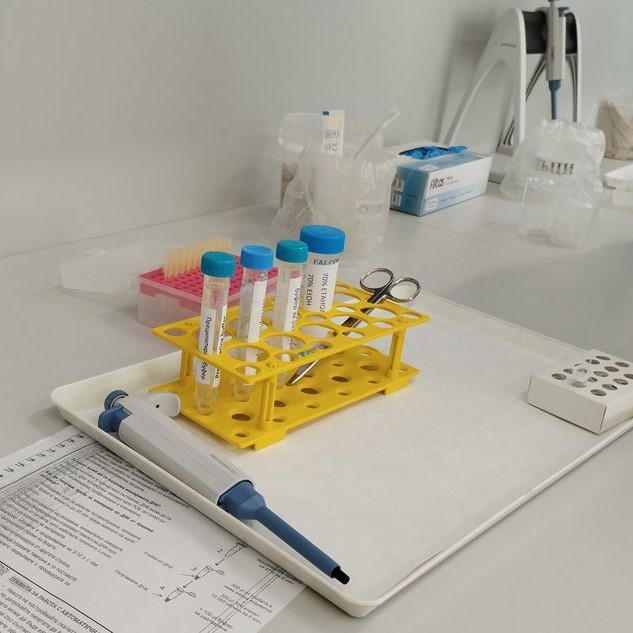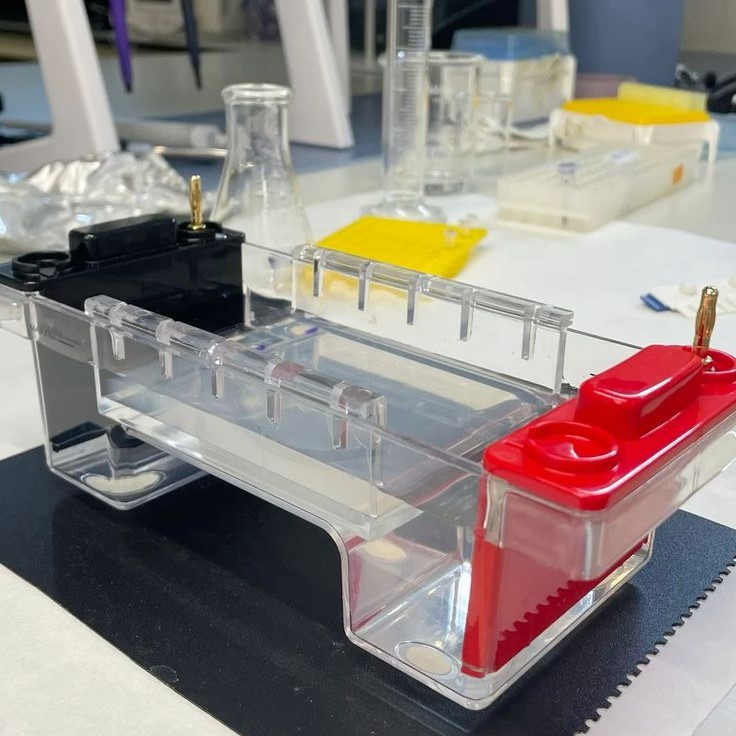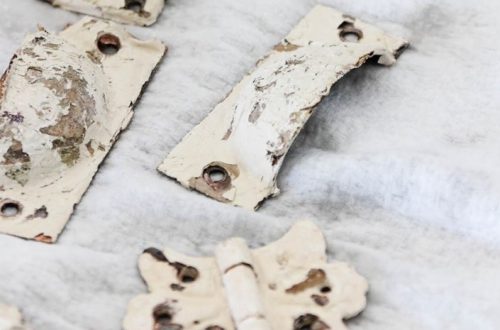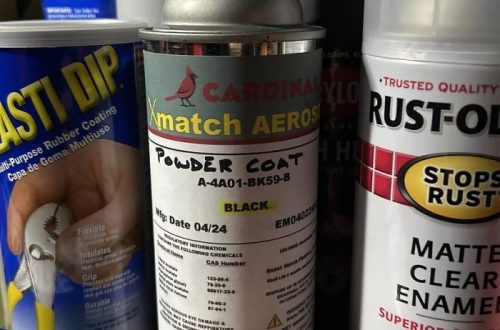Introduction
What is a DNA extraction kit?
A DNA extraction kit is a tool used for isolating DNA from different sample types. These kits simplify the process of separating genetic material from cells, tissues, or other biological sources. They contain all the necessary components, including buffers, reagents, and protocols. Using a kit ensures consistent results and saves time compared to manual methods. DNA extraction kits are widely used in laboratories across various fields.

Importance of DNA extraction in scientific research
DNA extraction is critical for studying genetic material in detail. It provides the foundation for techniques like PCR, sequencing, and cloning. Accurate DNA isolation ensures successful downstream experiments and reliable data. In clinical research, it aids in diagnosing diseases and developing therapies. In environmental studies, DNA extraction helps identify microorganisms and assess biodiversity. This technique supports breakthroughs in medicine, agriculture, and forensic investigations.
Types of DNA Extraction Kits
DNA extraction kits come in several types, each designed for specific applications. Understanding these categories can help you make the right choice for your research needs. Below are the three main types of DNA extraction kits commonly used in laboratories:
Column-based kits
Column-based DNA extraction kits use silica membranes to bind DNA during the isolation process. They work by adding a lysis buffer to break the cells and release DNA. The solution is passed through a column, where DNA binds to the silica membrane. Impurities are washed away with buffer solutions, and pure DNA is eluted with an elution buffer. These kits are efficient, quick, and deliver high-purity DNA. They are ideal for routine lab use and small sample volumes.
Magnetic bead-based kits
Magnetic bead-based kits use magnetic nanoparticles coated with a DNA-binding substance. The beads capture the DNA when mixed with the sample and binding buffer. A magnetic field isolates the beads, allowing for easy removal of contaminants. This method is automated-friendly and scalable. It is highly effective for handling large sample volumes and low-concentration DNA. These kits are extensively used in high-throughput and robotic workflows.
Organic solvent-based kits
Organic solvent-based kits rely on liquid-phase extraction using phenol-chloroform or similar chemicals. The procedure involves mixing the sample with the solvent to separate DNA from proteins and other impurities. This method delivers high-quality DNA suitable for complex downstream analyses. However, it requires careful handling of hazardous chemicals and is time-consuming. Researchers typically use these kits for critical applications requiring exceptionally pure DNA.
By understanding these kit types, you can select the most suitable one for your project‘s requirements.

How DNA Extraction Kits Work
DNA extraction kits simplify DNA isolation from biological samples. They use scientific principles and optimized protocols for efficient extraction. Understanding how they work can help improve results and minimize errors.
Principles of DNA isolation
DNA extraction relies on separating genetic material from cells and impurities. The process begins with cell lysis, where membranes break to release DNA. Buffers stabilize DNA and prevent degradation during extraction. DNA binds to surfaces like silica or magnetic beads, isolating it from unwanted molecules. Proper washing removes proteins, salts, and other contaminants. Finally, elution recovers the purified DNA for downstream use.
Key steps in the extraction process
- Sample Preparation: Start by preparing the biological sample, such as blood or tissue.
- Cell Lysis: Use lysis buffer to break apart cell membranes and release genetic material.
- Binding DNA: Employ silica columns or magnetic beads to bind DNA molecules selectively.
- Washing: Wash bound DNA to eliminate impurities and contaminants.
- Elution: Recover the purified DNA using an elution buffer for final use.
These steps ensure consistent and high-quality DNA extraction, essential for reliable research outcomes.
Choosing the Right Extraction Kit
Selecting the right DNA extraction kit is essential for achieving reliable results in your experiments. Different applications and sample types require specific kits. Here’s a guide to help you make the best choice.
Factors to consider for different applications
- Sample Type: Identify the type of biological sample (e.g., blood, tissue, saliva) you are working with.
- DNA Yield and Quality Requirements: Determine the desired DNA concentration and purity for your downstream applications.
- Time Efficiency: Consider if you need a quick kit for time-sensitive processes.
- Scalability: Check if the kit supports high-throughput processing for handling multiple samples efficiently.
- Automation Needs: Opt for magnetic bead-based kits if you use robotic or automated systems.
- Safety and Handling: Choose safer kits for avoiding hazardous chemicals when manual handling is required.
- Compatibility: Ensure the kit integrates well with downstream techniques like PCR and sequencing.
Comparison of kits for cost, efficiency, and ease of use
- Column-Based Kits:
- Cost: Moderately priced, making them budget-friendly.
- Efficiency: Quick and excellent for high-purity DNA.
- Ease of Use: User-friendly with step-by-step protocols.
- Magnetic Bead-Based Kits:
- Cost: Slightly higher due to high-tech features.
- Efficiency: Highly efficient for large-scale and automated setups.
- Ease of Use: Simple, especially when used with automated workflows.
- Organic Solvent-Based Kits:
- Cost: Low cost, but involves recurring expenses for chemicals.
- Efficiency: Produces superior DNA quality for critical applications.
- Ease of Use: Requires skillful handling and takes more time due to chemical usage.
By weighing these factors and comparisons, you can find a kit tailored to your research needs and budget.
Best Practices in Using Extraction Kits
When working with a DNA extraction kit, following best practices can significantly improve results. Proper techniques ensure higher yield, better purity, and consistent outcomes in your experiments. Below are guidelines to help you get the most out of your kit.
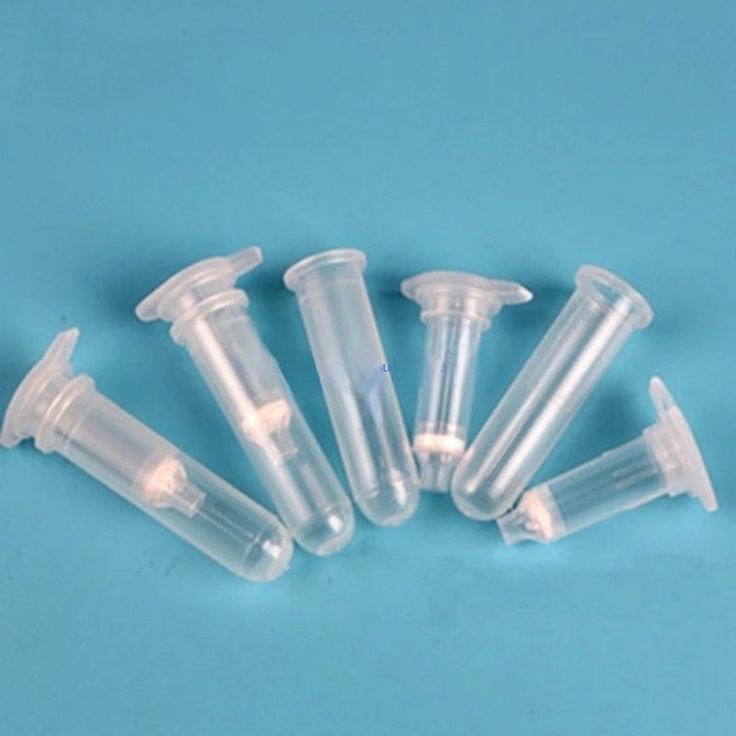
Tips for maximizing yield and purity
- Start with Fresh Samples: Use fresh or properly stored samples to prevent DNA degradation.
- Optimize Sample Preparation: Ensure correct lysis conditions for complete cell disruption and DNA release.
- Use Recommended Buffers and Reagents: Always use the buffers supplied with the kit for compatibility and efficiency.
- Avoid Overloading the Kit: Do not exceed the sample input volume specified in the protocol.
- Perform Thorough Washing Steps: Follow the washing protocol carefully to remove all contaminants.
- Elute with Correct Buffer or Water: Use the right elution volume and ensure the elution buffer meets your downstream needs.
- Use Nuclease-Free Materials: Work with DNase/RNase-free plastics and reagents to prevent DNA degradation.
- Maintain a Clean Work Environment: Avoid cross-contamination by sanitizing your workspace and tools.
Common mistakes to avoid during extraction
- Skipping Quality Check of Samples: Poor-quality samples can result in low DNA yield and impure extracts.
- Improper Buffer Storage: Improperly stored buffers may lose efficacy, affecting DNA isolation.
- Overloading Binding Columns or Beads: Exceeding the kit’s capacity can reduce binding efficiency and purity.
- Not Mixing Reagents Well: Poorly mixed buffers can lead to incomplete reactions and loss of DNA.
- Rushing Through Washing Steps: Inadequate washing may leave contaminants in the final DNA extract.
- Incorrect Elution Techniques: Using too little buffer or not letting it sit can result in low yield.
- Ignoring Kit Instructions: Always read and strictly follow the manufacturer’s protocol for the best outcomes.
- Exposure to Contaminants: Regularly clean lab tools to avoid external contamination of DNA samples.
By adhering to these practices and avoiding common errors, you can achieve high-quality DNA extractions suitable for all applications.
Applications of Extraction Kits
DNA extraction kits have diverse applications across multiple scientific fields. These applications help researchers achieve breakthroughs in medicine, biotechnology, agriculture, and environmental studies. Below are key applications where these kits play a crucial role.
Uses in clinical diagnostics
DNA extraction is essential in clinical diagnosis for detecting genetic disorders and pathogens. It helps identify mutations responsible for diseases like cancer and genetic syndromes. In infectious disease testing, DNA extracted from a sample identifies viral or bacterial sequences. With the rise of personalized medicine, DNA extraction supports therapies tailored to individual genetic profiles. These kits ensure accuracy, speed, and reliability in clinical workflows.
DNA extraction for PCR and sequencing
PCR and DNA sequencing depend on high-purity DNA for accurate results. DNA extraction kits prepare DNA for amplification during PCR, a vital method for detecting specific sequences. Sequencing projects, from whole-genome studies to targeted gene analysis, require clean DNA. Kits provide a fast and efficient way to isolate DNA compatible with these advanced technologies. This supports developments in genomic research, diagnostics, and therapeutic innovation.
Applications in environmental and agricultural studies
In environmental science, DNA extraction identifies microorganisms in soil, water, and air samples. It helps monitor biodiversity, track endangered species, or detect pollutants. In agriculture, extracted DNA supports genetic studies to improve crop resistance and yields. Kits enable rapid testing of plant or animal DNA for breeding programs or pathogen detection. These applications contribute to sustainability, conservation, and better agro-ecosystem management.
DNA extraction kits empower researchers and scientists across these fields to achieve precise and meaningful outcomes.
Top DNA Extraction Kits in the Market
Choosing the right DNA extraction kit can be challenging with the wide range of options available. High-quality brands offer reliable features tailored to diverse research needs. Below, we discuss popular brands and their standout features.
Popular brands and their key features
- Qiagen DNA Extraction Kits:
- Known for high purity and yield.
- Includes optimized protocols for numerous sample types.
- Supports both manual and automated workflows.
- Thermo Fisher Scientific Kits:
- Leading in scalability for high-throughput analysis.
- Provides robust magnetic bead-based solutions.
- Suitable for sophisticated genomic studies.
- Zymo Research Kits:
- Economical with fast processing times.
- Includes kits for small and large sample volumes.
- User-friendly protocols for minimizing errors.
- Promega Kits:
- Offers specialized kits for forensic applications.
- High DNA integrity for critical downstream tasks.
- Designed for safety and easy handling.
- Macherey-Nagel Kits:
- Known for column-based solutions.
- Provides ultra-pure DNA for sensitive experiments.
- Affordable and efficient for lab settings.
Reviews of high-quality kits for various needs
- Best for Clinical Diagnostics:
- Qiagen and Thermo Fisher kits are reliable for diagnostic research.
- They offer consistent results in detecting pathogens and genetic mutations.
- Top Choice for PCR and Sequencing:
- Zymo Research kits provide clean DNA for amplification and sequencing.
- Thermo Fisher excels in compatibility with high-throughput setups.
- Ideal for Environmental Studies:
- Macherey-Nagel kits efficiently isolate DNA from soil and water samples.
- Zymo kits simplify complex sample preparation.
- Best for Agricultural Research:
- Promega kits work well for plant and animal DNA testing.
- Excellent for improving crops and tracking genetic traits.
These top brands and kits ensure reliable results across research applications. By understanding the features and reviews, you can choose the kit best suited to your needs.
Troubleshooting Issues During DNA Extraction
Issues during DNA extraction can hinder research results. Addressing these challenges requires knowing common problems and solutions.
Resolving low yield problems
Low DNA yield is a frequent extraction problem. Several factors contribute to reduced yield:
- Poor Sample Quality: Degraded or insufficient samples produce low DNA output. Use fresh or properly stored samples.
- Ineffective Lysis: Improper cell lysis prevents DNA release. Ensure the lysis buffer matches the sample type.
- Overloading the Kit: Exceeding kit capacity can reduce DNA recovery efficiency. Follow the recommended sample input.
- Incorrect Binding Conditions: Wrong buffer pH or concentrations affect DNA binding. Use buffers supplied with the kit.
- Elution Errors: Using too little elution buffer or an inappropriate buffer lowers yield. Ensure buffer compatibility.
To improve yield, regularly optimize sample preparation and extraction protocols. Calibration and pilot tests may help identify faults quickly.
Managing contamination risks
Contamination can compromise DNA purity and downstream results. Common contamination sources include:
- Improper Lab Practices: Cross-contamination from tools or workspace impacts DNA quality. Sanitize equipment frequently.
- Using Contaminated Buffers: Old or improperly stored buffers may degrade, introducing contaminants. Replace outdated reagents.
- Handling Errors: Unclean gloves or sample containers cause contamination. Work with nuclease-free materials.
- Ignoring Washing Steps: Residual impurities may remain due to incomplete washing. Carefully follow the washing protocol.
- Environmental Contaminants: Bacteria or dust particles in the air may affect samples. Use clean lab environments.
To prevent contamination, maintain a sterile workflow. Dispose of consumables after each use and keep reagents sealed when not in use. By investing in proper lab practices and equipment sterilization, you can achieve pure and reliable DNA extractions.
Final Thoughts
In summary, using a DNA extraction kit can greatly simplify the process of isolating DNA for a variety of scientific applications. By understanding the key factors in selecting a kit, following best practices, and troubleshooting common challenges, beginners can achieve successful outcomes in their experiments.
As the demand for genetic analysis and research continues to rise, honing your skills in DNA extraction will open doors to exciting opportunities in science. So, arm yourself with the right knowledge and tools, and embark on your journey into the fascinating world of DNA study! With the right guidance and practice, you will excel in using DNA extraction techniques, enhancing your lab work and research endeavors.
